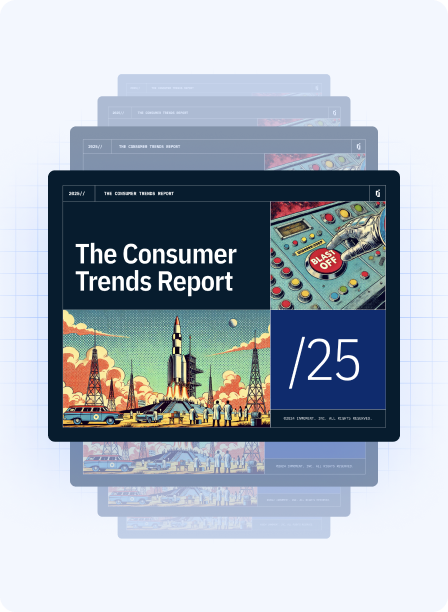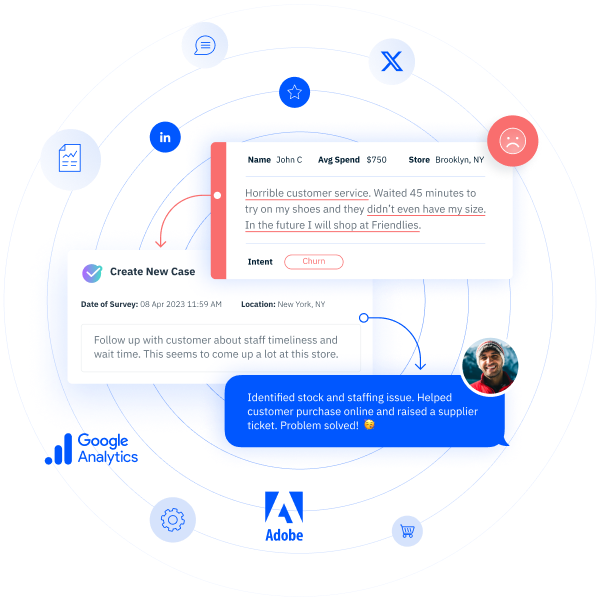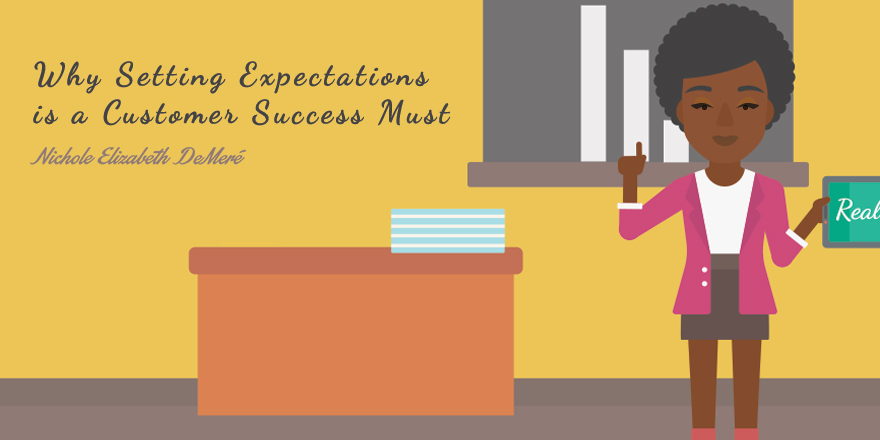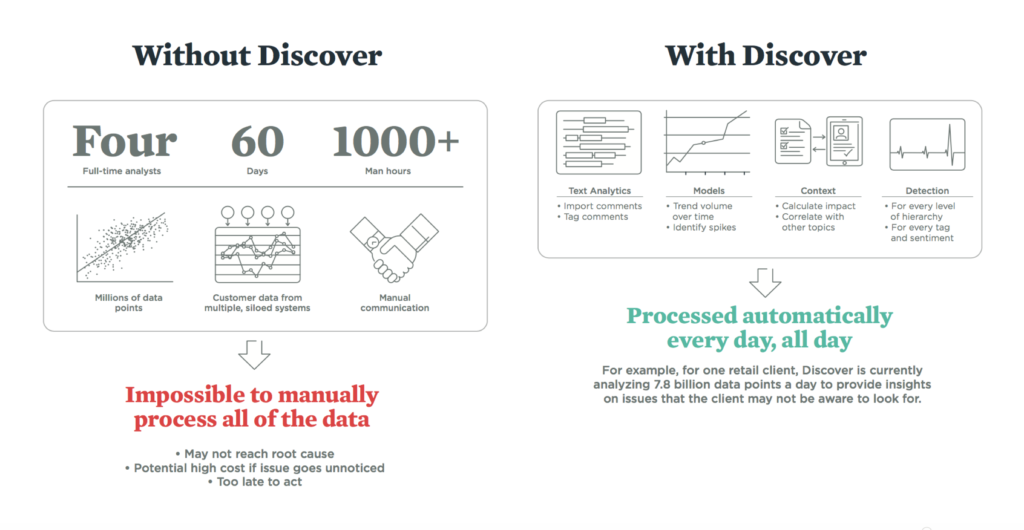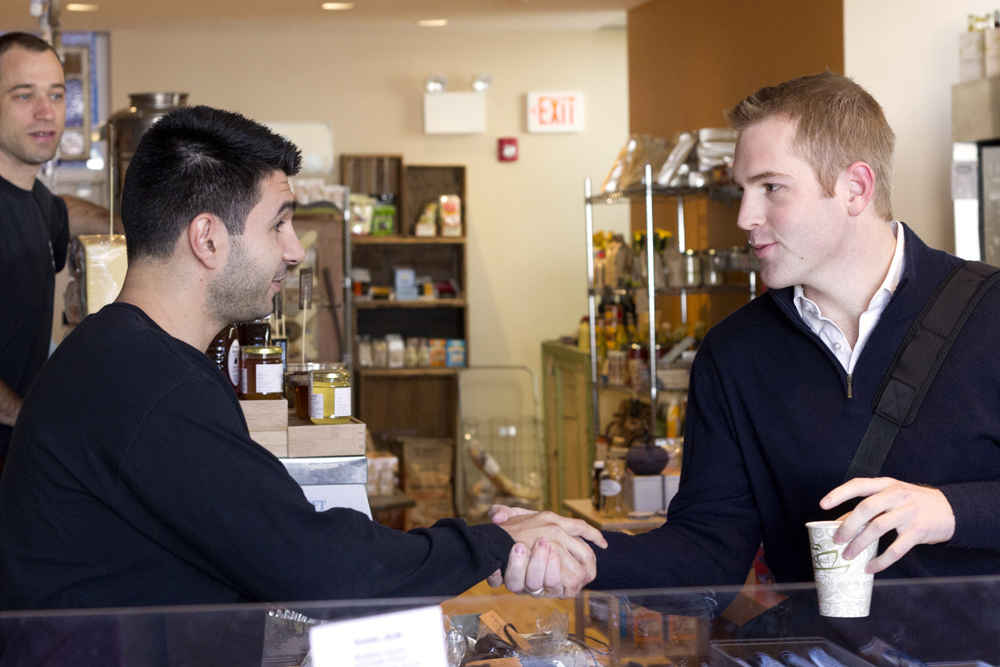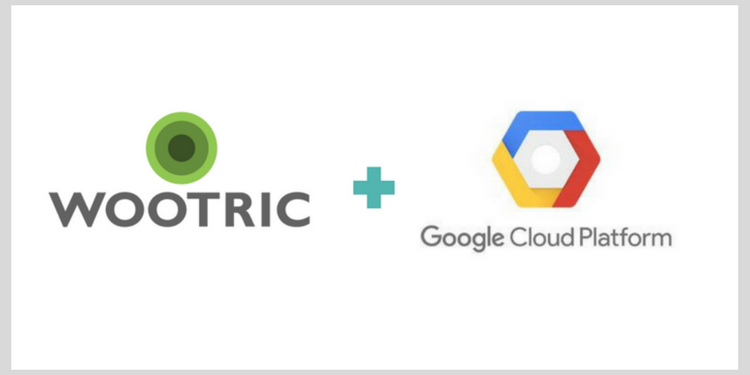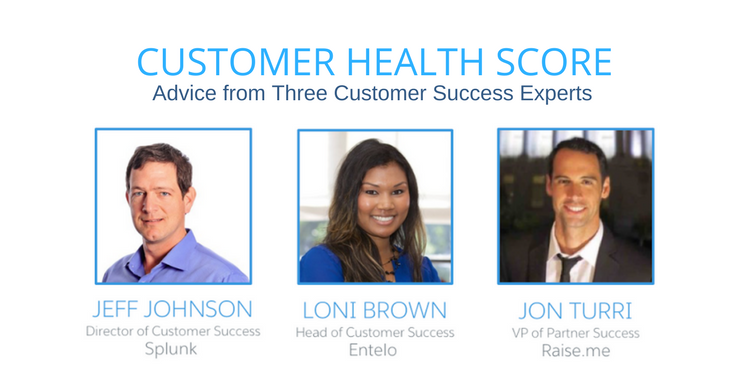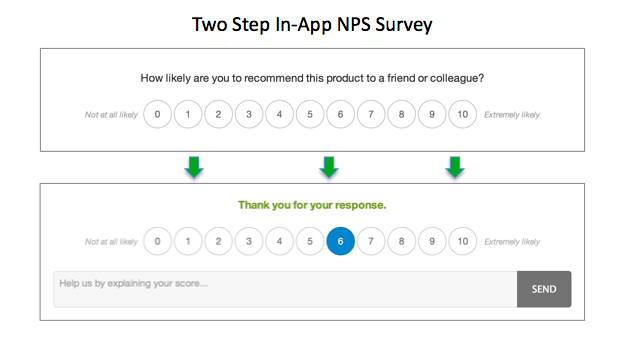
Net Promoter Score is the go-to CX metric for companies that want to measure and improve customer loyalty, a harbinger of growth. Thousands of companies use NPS, from the start-ups of Silicon Valley to the Fortune 500. One reason for this popularity is that Net Promoter Score programs have evolved in response to technology and the changing landscape of customer expectations.
The core tenets of Net Promoter Score have stayed the same since NPS was created in 2003 by Bain & Company. “How likely are you to recommend this product or service to colleagues?” is the NPS survey question, and it is followed by an ask for open-ended feedback. Customers respond on a scale of 0-10 and are bucketed into promoters, passives and detractors based on their response. The formula for calculating the NPS metric is straightforward.
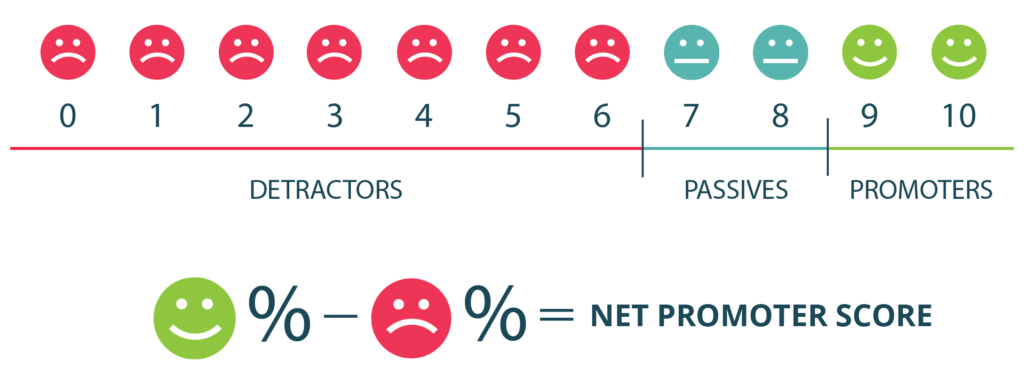
However, the world of customer experience management, or CXM, has changed dramatically. A few macro things have happened.
- Social media has empowered our customers with a voice — the conversation is no longer expected to be only one way, and negative word of mouth can be amplified quickly. Every voice counts.
- We as businesses have to work harder than ever to retain customers — customer experience is increasingly a differentiator and a battleground with more competition and low switching costs.
- Companies have many more touchpoints to engage with customers than it did back in 2003.We now have sophisticated mobile devices, web platforms, customer facing point of sale systems. Meanwhile, our customer’s email boxes are overstressed with newsletters and promotions all vying for their attention.
When I ran NPS campaigns back in 2003, I was sending long form surveys to my customers in quarterly batches. Emails with links to long form surveys were considered the ‘innovative’ way to get feedback. Response rates were dismal. Sadly, I still receive some of those today!
This, of course, still is a valid way to collect NPS feedback — you will get some of your customers to go through the effort — but it doesn’t take advantage of any of the macro trends I mentioned above. And honestly, customers are getting smarter and less patient with spammy surveys.
Launching or revamping an NPS program? Get the ebook, The Modern Guide to Winning Customers with Net Promoter Score. Leverage customer feedback and drive growth with a real-time approach to NPS.
How Net Promoter Score has evolved
Modern NPS leverages technology, closes the loop with customers and engages the whole company. Here is what you should expect:
- Timely, ongoing feedback. You can keep a real-time pulse on your business. This alone is magical. Reading, sharing and responding to customer feedback as it happens — talk about raising the profile of the customer’s voice inside a company!
- Modern NPS survey is short and to the point — just the NPS rating and open-ended feedback. A 10 or even 5 question survey? No way. Survey fatigue is a real issue. Keep it short and you will get many more customers to tell you what’s most important to them.
- Reaching customers where they want to give feedback, in a low-friction and lightweight way. For example, in-app surveys that take seconds to complete may a better experience for SaaS customers than dealing with another email survey in a crowded in-box. E-commerce companies may use a combination of in-app, email, or SMS to reach their customers depending on where they are in their journey.
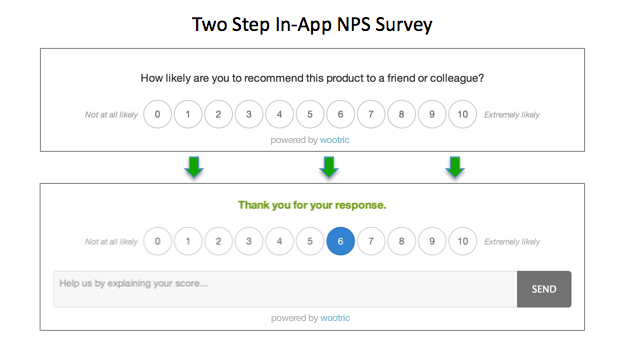
- High response rates — your expectations should jump up from single digits to 30-40%. Customers are willing to give you feedback cycle after cycle because it’s easy.
- Leverages intelligent NPS software. Software that is designed to get your business to action faster. It’s giving you analytics. It’s helping you comb through open-ended text and sentiment. And it’s making the process of closing the loop with customers easy and turnkey.
- Customer feedback is shared internally. It doesn’t get buried in spreadsheets and left unaddressed. It is shared in Slack, it is routed automatically to departments to take action in their systems of record such as Intercom, ZenDesk or Salesforce.
Net Promoter Score has come a long way, and the end result is better outcomes for companies and their customers.
Start getting free Net Promoter Score feedback today. Signup for InMoment.

